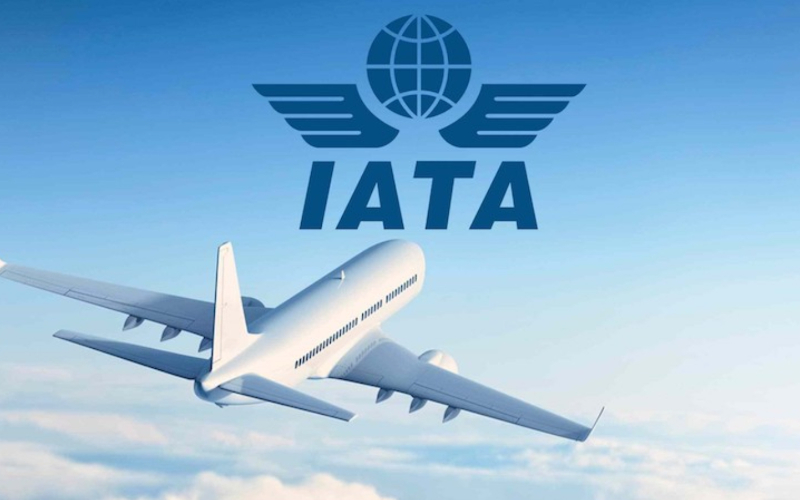The International Air Transport Association (IATA) has announced that African carriers are expected to post a loss of $638 million in 2022, narrowing to a loss of $213 million in 2023 and projected that passenger demand growth of 27.4 per cent is expected to outpace capacity growth of 21.9 per cent.
IATA also stated that over the year, the region is expected to serve 86.3 per cent of pre-crisis demand levels with 83.9 per cent of pre-crisis capacity.
“Africa is particularly exposed to macro-economic headwinds, which have increased the vulnerability of several economies and rendered connectivity more complex,” the global body said.
IATA also said it projects a return to profitability for the global airline industry in 2023 as airlines continue to cut losses stemming from the effects of the COVID-19 pandemic to their business in 2022.
It said that in 2023, airlines are expected to post a small net profit of $4.7 billion—a 0.6 per cent net profit margin and that would be the first profit since 2019 when industry net profits were $26.4 billion (3.1 per cent net profit margin).
IATA said in 2022, airline net losses are expected to be $6.9 billion (an improvement on the $9.7 billion loss for 2022 in IATA’s June outlook). This is significantly better than losses of $42.0 billion and $137.7 billion that were realized in 2021 and 2020 respectively.
“Resilience has been the hallmark for airlines in the COVID-19 crisis. As we look to 2023, the financial recovery will take shape with a first industry profit since 2019. That is a great achievement considering the scale of the financial and economic damage caused by government imposed pandemic restrictions. But a $4.7 billion profit on industry revenues of $779 billion also illustrates that there is much more ground to cover to put the global industry on a solid financial footing. Many airlines are sufficiently profitable to attract the capital needed to drive the industry forward as it decarbonizes. But many others are struggling for a variety of reasons. These include onerous regulation, high costs, inconsistent government policies, inefficient infrastructure and a value chain where the rewards of connecting the world are not equitably distributed,” said IATA’s Director General, Willie Walsh.
“On the cost side, jet kerosene prices are expected to average $138.8/barrel for the year, considerably higher than the $125.5/barrel expected in June. That reflects higher oil prices exaggerated by a jet crack spread that is well-above historic averages. Even with lower demand leading to reduced consumption, this raised the industry’s fuel bill to $222 billion (well above the $192 billion anticipated in June).
“That airlines were able to cut their losses in 2022, in the face of rising costs, labor shortages, strikes, operational disruptions in many key hubs and growing economic uncertainty speaks volumes about peoples’ desire and need for connectivity. With some key markets like China retaining restrictions longer than anticipated, passenger numbers fell somewhat short of expectation. We’ll end the year at about 70% of 2019 passenger volumes. But with yield improvement in both cargo and passenger businesses, airlines will reach the cusp of profitability,” said Walsh.
IATA projected that in 2023 the airline industry is expected to tip into profitability, remarking that airlines are anticipated to earn a global net profit of $4.7 billion on revenues of $779 billion (0.6 per cent net margin), adding that this expected improvement comes despite growing economic uncertainties as global GDP growth slows to 1.3% (from 2.9% in 2022).
IATA identified passenger and cargo growth as the main drivers of the expected profitability, observing that passenger business is expected to generate revenues of $522 billion and that passenger demand is expected to reach 85.5 per cent of 2019 levels over the course of 2023.
The global body also projected thatcargo markets are expected to come under increased pressure in 2023.
“Revenues are expected to be $149.4 billion, which is $52 billion less than 2022 but still $48.6 billion stronger than 2019. With economic uncertainty, cargo volumes are expected to decrease to 57.7 million tonnes, from a peak of 65.6 million tonnes in 2021. As belly capacity grows in line with the recovery in passenger markets, yields are expected to take a significant step back. IATA expects a fall of 22.6% in cargo yields, mostly in the latter part of the year when the impact of inflation-cooling measures are expected to bite. To put the yield decline in context, cargo yields grew by 52.5% in 2020, 24.2% in 2021 and 7.2% in 2022. Even the sizable and expected decline leaves cargo yields well-above pre-COVID levels,” IATA also said.
SOURCE: THISDAY











